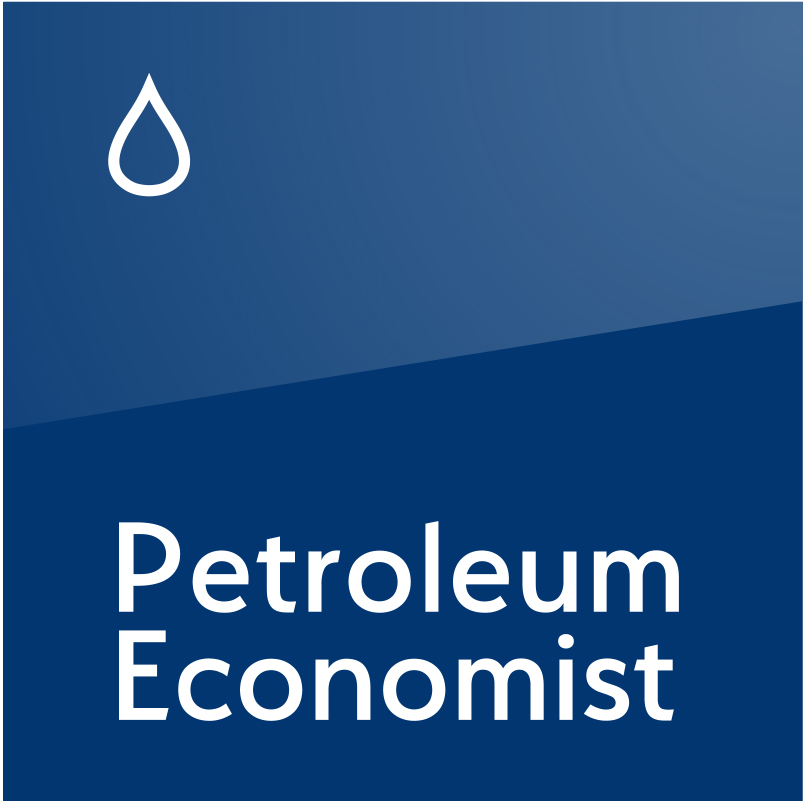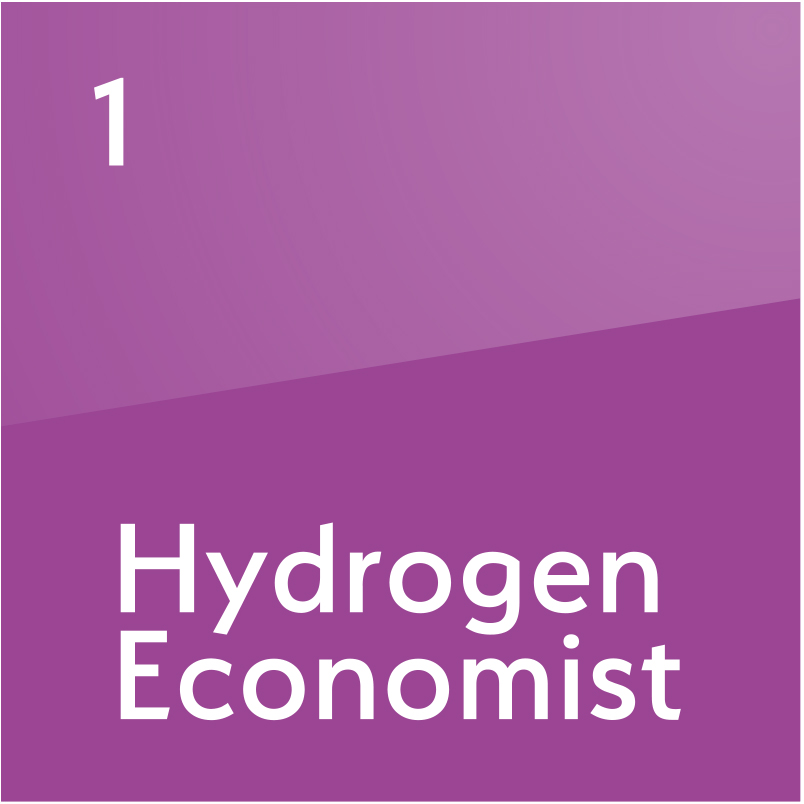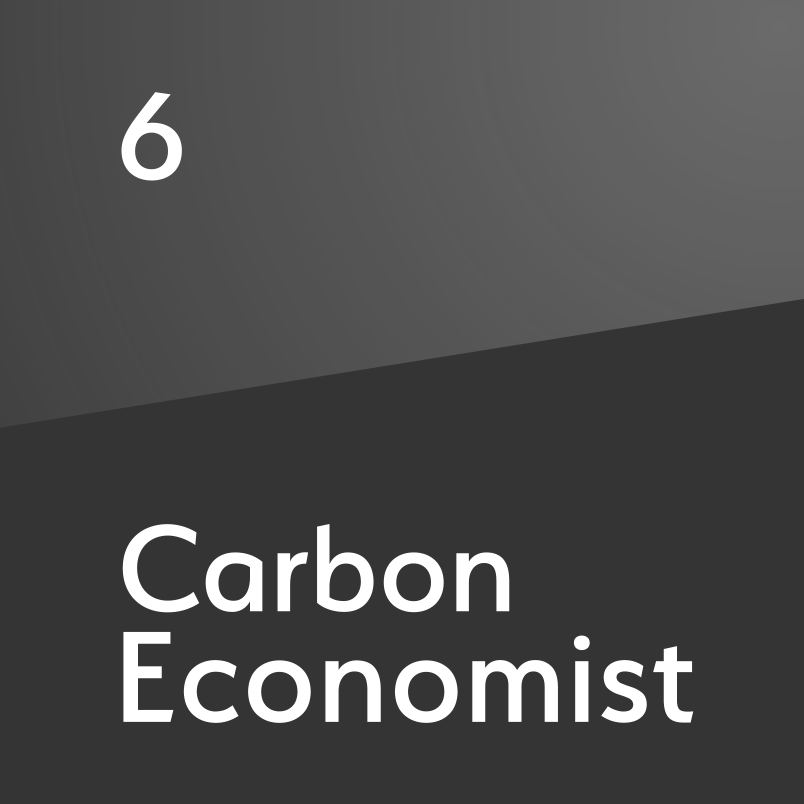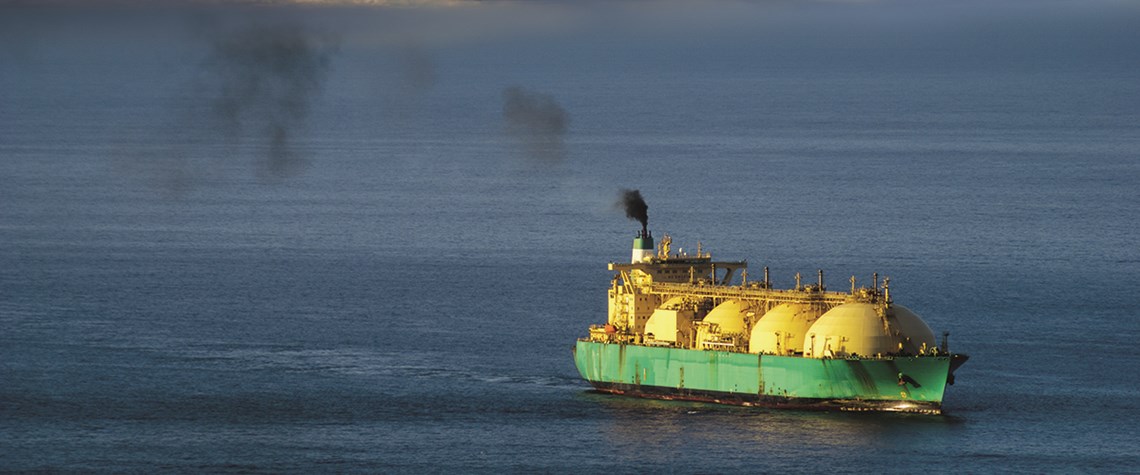LNG hubs—more global, more liquid
Demand is keeping up with supply. But new flexibility and hubs are changing the trading environment
Increasingly flexible supply helped the world's liquefied natural gas market overcome expectations of a glut to absorb an 11% increase in production last year. Higher demand in key consumer countries helped, but new infrastructure in emerging gas markets; more flexibility on contract terms and prices; international traders' increased presence; and the gradual emergence of pricing hubs in the dominant Asia-Pacific market all contributed. "This is all part of the globalisation of gas", says a long-standing industry observer. Industry officials point out that the market's ability to absorb further supply from leading producers Australia, Qatar, and the US in coming years will be linked to its a

Also in this section
5 December 2025
Mistaken assumptions around an oil bull run that never happened are a warning over the talk of a supply glut
4 December 2025
Time is running out for Lukoil and Rosneft to divest international assets that will be mostly rendered useless to them when the US sanctions deadline arrives in mid-December
3 December 2025
Aramco’s pursuit of $30b in US gas partnerships marks a strategic pivot. The US gains capital and certainty; Saudi Arabia gains access, flexibility and a new export future
2 December 2025
The interplay between OPEC+, China and the US will define oil markets throughout 2026







